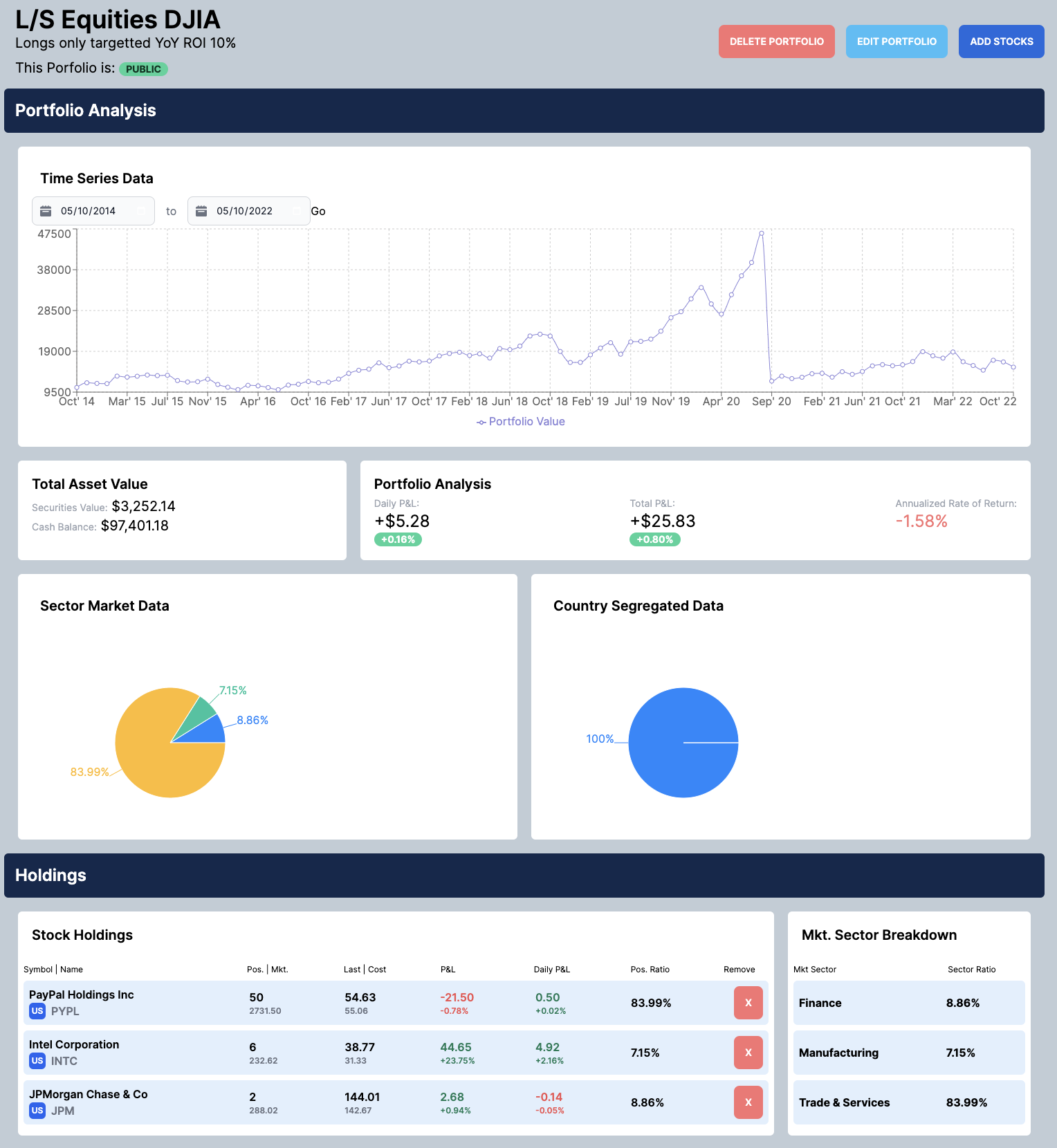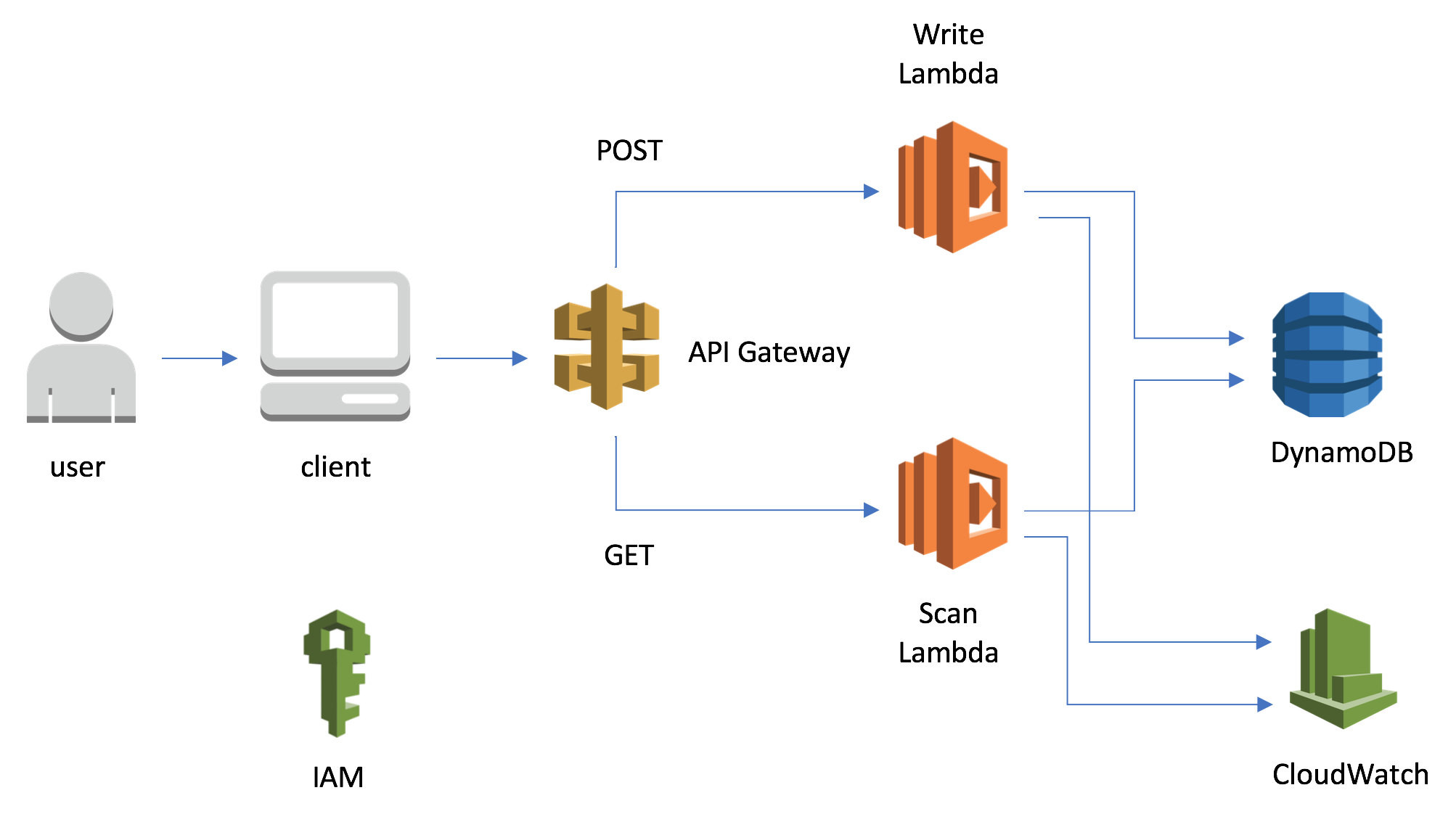
Photo by Gabriella Clare Marino on Unsplash
A very interesting book. Slowly getting into the habit of reading during my commute.
Personal views
This was a simple, dumbed down book which still encapsulated the science behind outbreaks and pandemics. The book outlines how we should all come together to combat diseases, and that there is still much to be done. Ever since centuries ago, we have been combatting pandemics and we have been continuously pushing back our goals (major goals like the attempt to eradicate Polio and Guinea Worm by 2020 have been pushed back to 2030).
I foresee that there will be a huge boom in science within the next 20 years, as we strive to create a more more inclusive and safe world with the help of technology. I would also like to understand more about how social media contributes to misinformation, because misinformation and vaccine hesitancy is one of the biggest threats to the global eradication (not to be confused with elimination) of diseases.
Book summary
The book takes us through the recent history of outbreaks, from the the Room 911 case of Dr Liu (SARS), to the eradication of smallpox with Ali Maow Maalin being its last face. It then proceeds to outline many key points made by Professor David Heynmann (Professor of Infectious Disease Epidemiology at the London School of Hygiene and Tropical Medicine).
The book nicely highlights the difficulties in disease eradication or elimination, and elucidates the difficulty when a disease is zoonotic - meaning that it allows for vector transmission (animal to human). It also tells the effects of each disease and what makes it so terrifying (Zika, Yaws, Ebola etc).
Lastly, it gives an introduction and summary of (1) current endemic diseases, (2) what makes it tough to combat them, (3) its historical trends, and (4) the possible emergence (and need for preparation) of an unknown “Disease X”. Regarding (4), the WHO aims to be able to develop a vaccine that can be constructed at hand, by using the genetic constituents of the disease. This would result in lightspeed creation and dissemination, which can save a ton of lives.
Concept summary
There are a multitude of different terminologies associated with epidemiology (which is the study of the bahavioural patterns of diseaes and how it affects populations). One key term should be that we must know the difference between an outbreak, epidemic, and pandemic. Outbreaks are small sudden cases, isolated within a community / area, which then evolves to an epidemic if its allowed to spread rapidly, and lastly evolves to a pandemic if it reaches the global scale. HIV is an epidemic, while the COVID-19 is a pandemic. Ebola outbreaks are well, outbreaks, unless they spread very widely.
We also need to know what is the index case, primary case, and herd immunity. Primary case being the first case, while Index Case being the first notified case.
Lastly, there are many disease which are very close to eradication, and which should be eradicated. Polio, Malaria, Guinea Worm are some of them. Eradication is different from Elimination. Eradication means to get to the point where there is 0 transmisison and cases, while elimination usually means to bring a disease to controllable levels. Elimination is relatively easy, while Eradication is insanely difficult (we have only eradicated 2 diseases - smallpox and rinderpest)
Additionals
This book nicely adds to my areas of interest, and I believe that my new (theoretical) education system can shed light into how we can put the world into solving greater issues together. Misinformation is also another killer, which everyone will need to think of an answer to. The anti-vaxxers are putting decades of efforts and research at risk, but according to Socrates:
No one does wrong voluntarily - Gorgias, Plato
I’d say they are misguided and deceived, which is difficult to fix because majority of the people are easily swayed by words, and would rather follow the masses rather then spend time digesting scientific literature. Social media prevents a very easy (but delusional) escape because it is the sources which matter, and the content is just the tip of the iceburg.
Possibly, the most terrifying thing is that people follow ‘influencers’, and influencers have influence. Influence is dangerous because majority of them are not well-informed, and I believe that they account for the bulk of misinformation (Pareto’s Principle, 80-20 rule).



